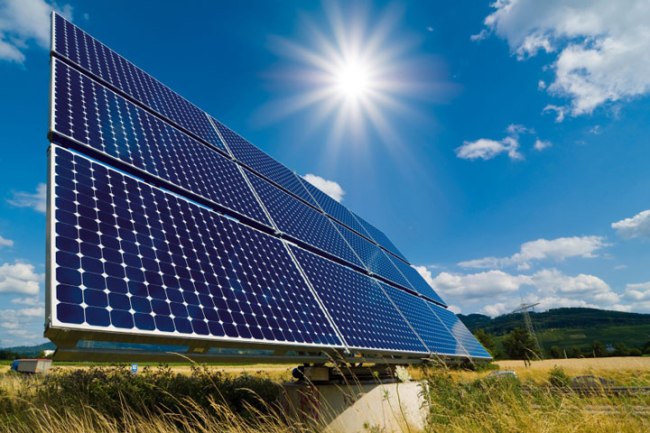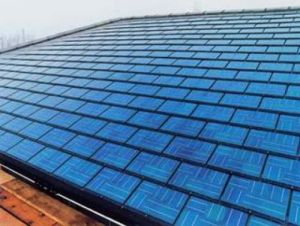Another look into arguments AGAINST renewable energy, with rebuttals:
2. It’s too expensive
Here’s the argument: If renewable energy was a better option than conventional sources, then it would be cheaper and utilities would build more.
So just how much does renewable energy cost? Well, first bear in mind that we are talking about several different sources. We’ll focus on wind and solar here. And yes, at the moment, those sources are more expensive on the grid than coal or natural gas. That is, when utilities build solar or wind farms, the electricity costs more than what comes from a coal plant.
But what if YOU are the electricity producer? There’s no doubt about it, if you put a solar panel up on your roof, you are saving money. You can even make money if you produce more than you use! The problem is that the equipment and installation costs can be high. Sure, you start saving money as soon as you install a system, but the average payback time for a solar array is 10-15 years. While it’s still a sound investment, that can be a long time to make your money back. The good news here is that there are some great incentives out there from federal and local governments, as well as utilities that substantially lower the costs of setting up a system. Take advantage of incentives like these, and you make your money back in no time.
But what about the cost of renewable energy on the grid? Many states are building windmills to bolster their grids. How much does that electricity cost? About 5 cents per kwh. (http://www.windenergyamerica.com/faqs.html)
The costs may be higher than conventional sources, but the price is coming down. Wind production must reach an economy of scale, where the industry is big enough to lower the price. These wind farms are competing with large networks of established industries that already have this economic advantage. As with any new(er) technology, we need the early adopters: the people how are willing to pay a premium in order to try something out, help the industry grow and mature. This is why DVD players used to cost $500 dollars, and now they practically give them away. Enough infrastructure gets put it, we will reach that point where wind and solar are cheaper all around. Australia already has.
Another thought: Coal may look cheaper when looking at fuel and plant costs, but when you consider the hidden costs of related health problems, clean ups and more, the total cost to society skyrockets! Renewable energy is much cheaper when you look at the total cost to society. Unfortunately, we rarely do.
Another thought: Remember, the other big draw of wind and solar? That there is no fuel to produce, no fuel cost whatsoever? This is a huge benefit to consumers of energy, and a big impact on cost. Unfortunately, this is seen as a downside to the energy industry. It’s hard for them to get behind a technology that eliminates a revenue stream. That’s why Proctor and Gamble would rather sell you disposable Swiffer cloths than a nice reusable broom. Sigh.





